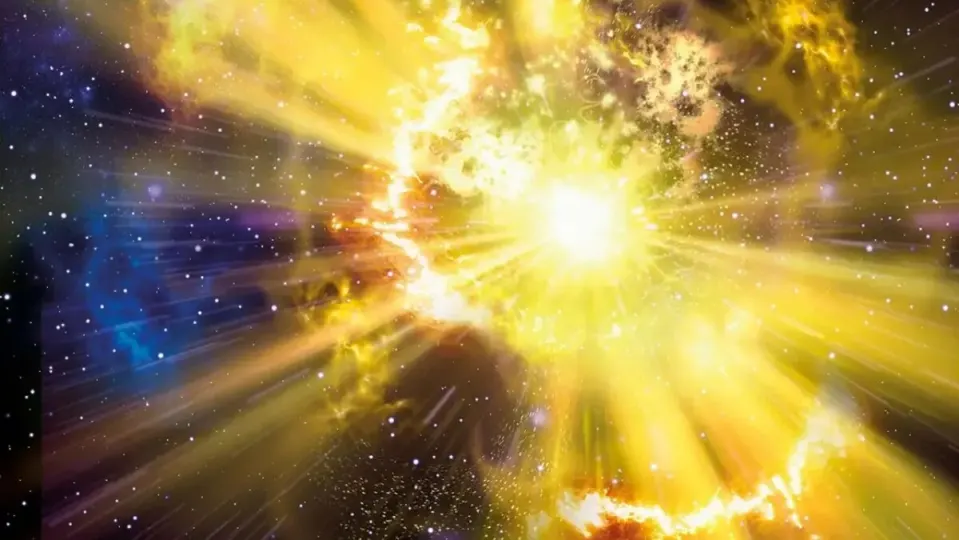According to what we just found out, in October 2022 humanity may have had a small taste of what a cosmic disaster of epic proportions entails. Luckily, we’re still here, so everything turned out fine.
A powerful supernova located about 1.9 billion light-years away shook the universe, sending an enormous burst of gamma rays that hit our humble planet.
At the time, astronomers dubbed the eruption “BOAT,” which stands for “Brightest Of All Time,” in a clear reference to the sports world (like “GOAT”).
An explosion that occurs every 10,000 years
It was an extremely rare event, as scientists estimate it only occurs once every 10,000 years.
Now, scientists have analyzed the data and discovered that the gamma-ray burst (GRB) was so powerful that it took away a chunk of Earth’s upper atmosphere, as reported by The New York Times.
“Pietro Ubertini, an astronomer from the National Institute of Astrophysics in Rome and co-author of a new article published in the journal Nature, explained to the newspaper: ‘The ozone was partially depleted, temporarily destroyed.'”
Fortunately, the ozone layer, a layer in Earth’s stratosphere that shields it from harmful ultraviolet radiation, repaired itself within minutes, meaning it wasn’t “anything serious,” according to Ubertini.
If the supernova that triggered the burst had been closer, he said, “it would be a catastrophe.” GRBs are the most powerful types of explosions in the known universe, intense enough to have considerable effects even at vast interstellar distances.
Through simulations, scientists have concluded that a GRB in our galaxy could completely annihilate the ozone layer of our planet for years, triggering devastating extinction.
This latest research demonstrates for the first time that distant supernovae can destroy the electrons in the ionosphere, a part of Earth’s upper atmosphere located between 80 and 400 kilometers above the surface, eliminating the ability of the remaining nitrogen molecules to absorb potentially harmful ultraviolet radiation from the Sun.
Fortunately, the likelihood of a catastrophic cosmic explosion that would eliminate the ozone layer for extended periods remains low.
After all, the GRB that shook the world last year was probably the brightest one that has occurred “since human civilization began,” as explained by Eric Burns, associate professor of physics and astronomy at Louisiana State University, in a March press release.


